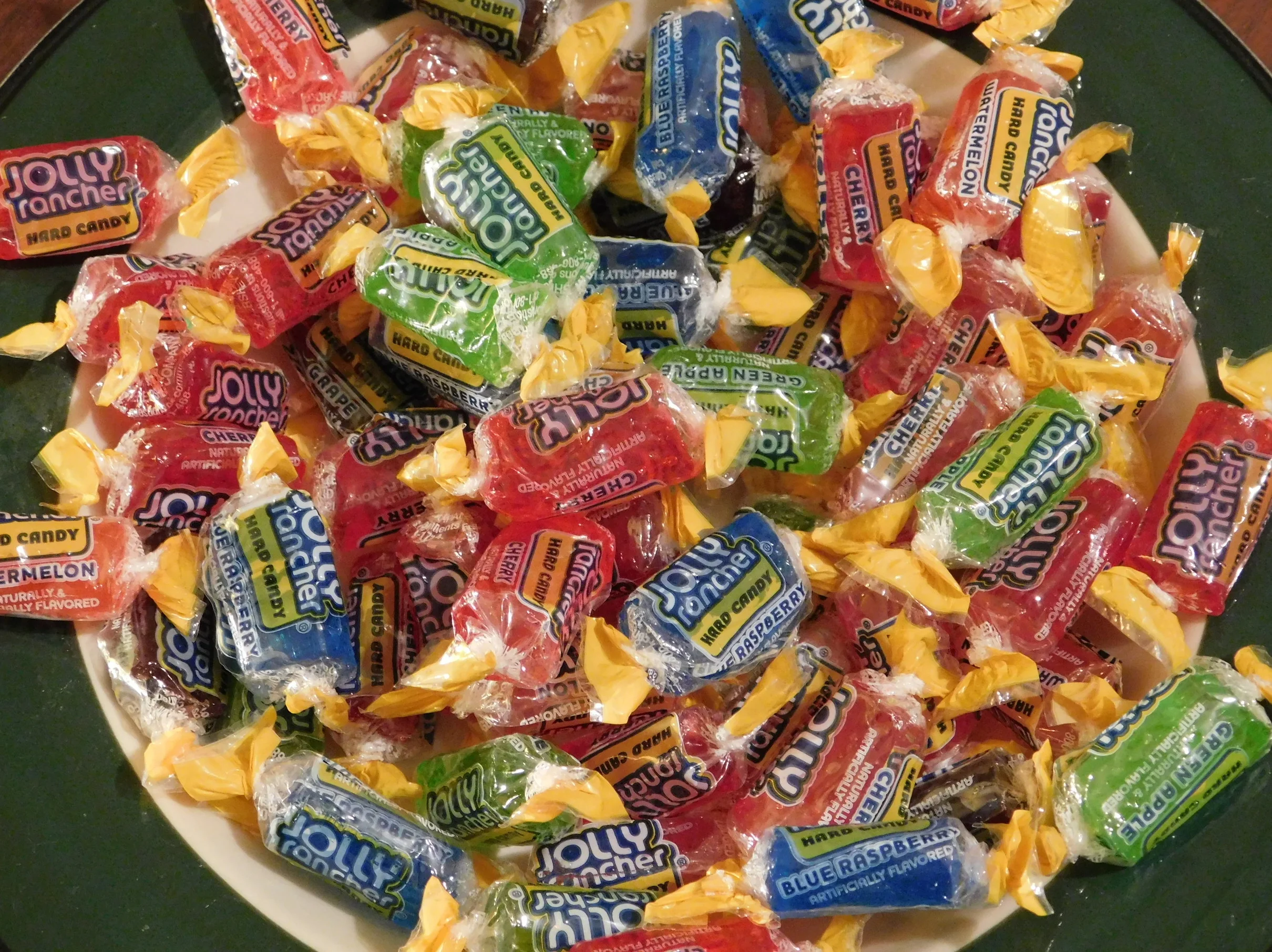Reading passages and answering questions is BORING!
Reading passages and answering questions you found in Easter eggs while competing against other teams is A LOT LESS BORING!
In contemplating how to handle energetic students, who are kinesthetic learners, I kept coming around to outdoor recess and the need to run. This is not an option - because it's high school, because of our room location, because of many risk factors, because....., because......
So, what would be close to outdoor (not in desks) recess (activeness)? A relay race!
Can't run - 2nd floor & injury risks - so they walk on their knees.
And egg relays have just as much tension, but less running anyway.
And so was born the Reading Relay:
Students are divided into teams with 4-5 students per team.
You will need 6-8 eggs of the same color for each team. So, if you have 5 teams, you will need 6-8 plastic Easter eggs in 5 five different colors.
You will need to print a set of numbered questions and the text for each team and an answer sheet for each team. The answer sheet should just be numbered. If you print the questions, they will answer them there without going for the eggs.
Each egg within a color set will contain one of the questions.
The day of, put all of the eggs together in a location equidistant from all the teams. (I put the eggs in the middle of the room.) Divide into teams. Give each team a copy of the text and an answer sheet. Assign each team a color. Explain the rules. I also give each team a spoon on which they have to carry the egg and they can only hold it at the back of the spoon, not up by the egg.
For my classes students have to walk on their knees with the spoon to the egg basket (or box). Place an egg of their color on the spoon. Holding the spoon at the tip away from the egg, they walk on their knees back to the group. As a group they read and answer the question making sure they answer next to the correct number, since the eggs are out of order (Stress this point). Then they go back for another egg. I allow them to trade out walkers on each turn.
I give an extra 5 points to the first team finished so that if everyone gets 100% correct, the first team to finish wins 1st place. Otherwise, 1 point per correct answer and the highest points win. Sometimes they win bragging rights and sometimes jolly ranchers.
Sometimes there's resistance and "it's childish and stupid", but it's not optional and it's a grade (mostly participation). Enforce the rules and build the excitement. "No, on your knees. Go back." Now, the team will enforce the rules, because the others are ahead of them.
It's loud and animated, so if you like quiet and calm, this is not for you.
But suddenly passages and questions aren't so bad.
Have fun and let the games begin!
